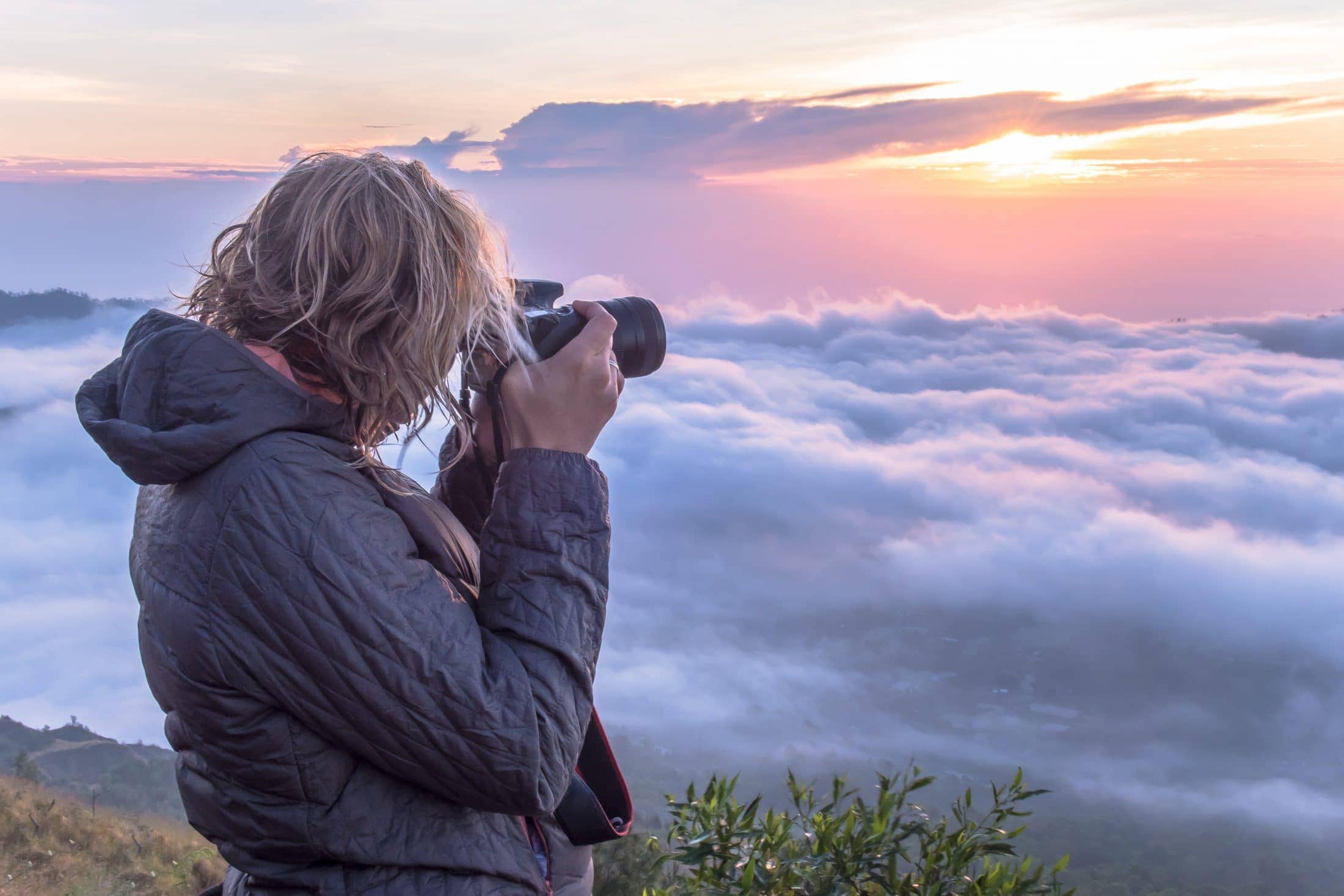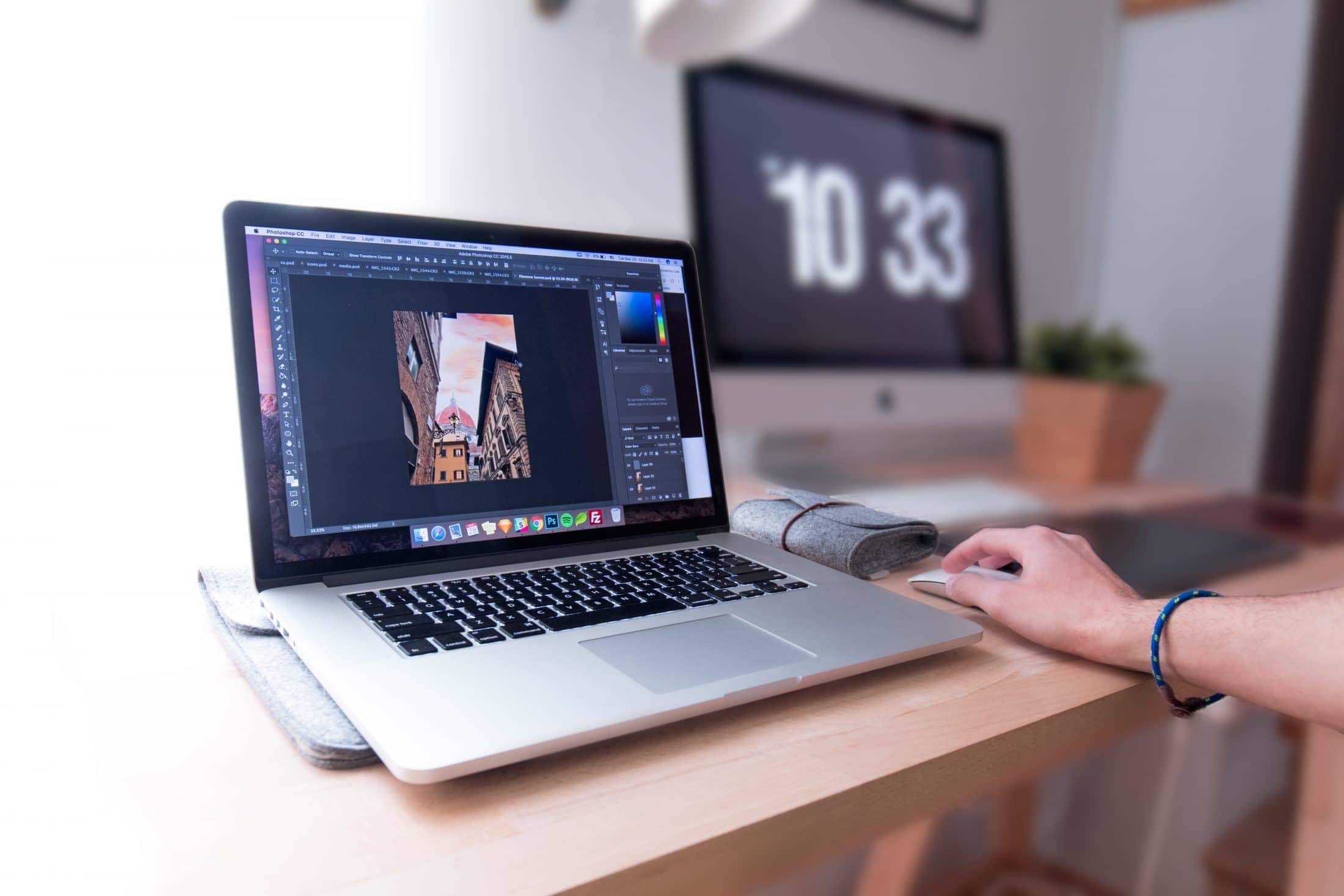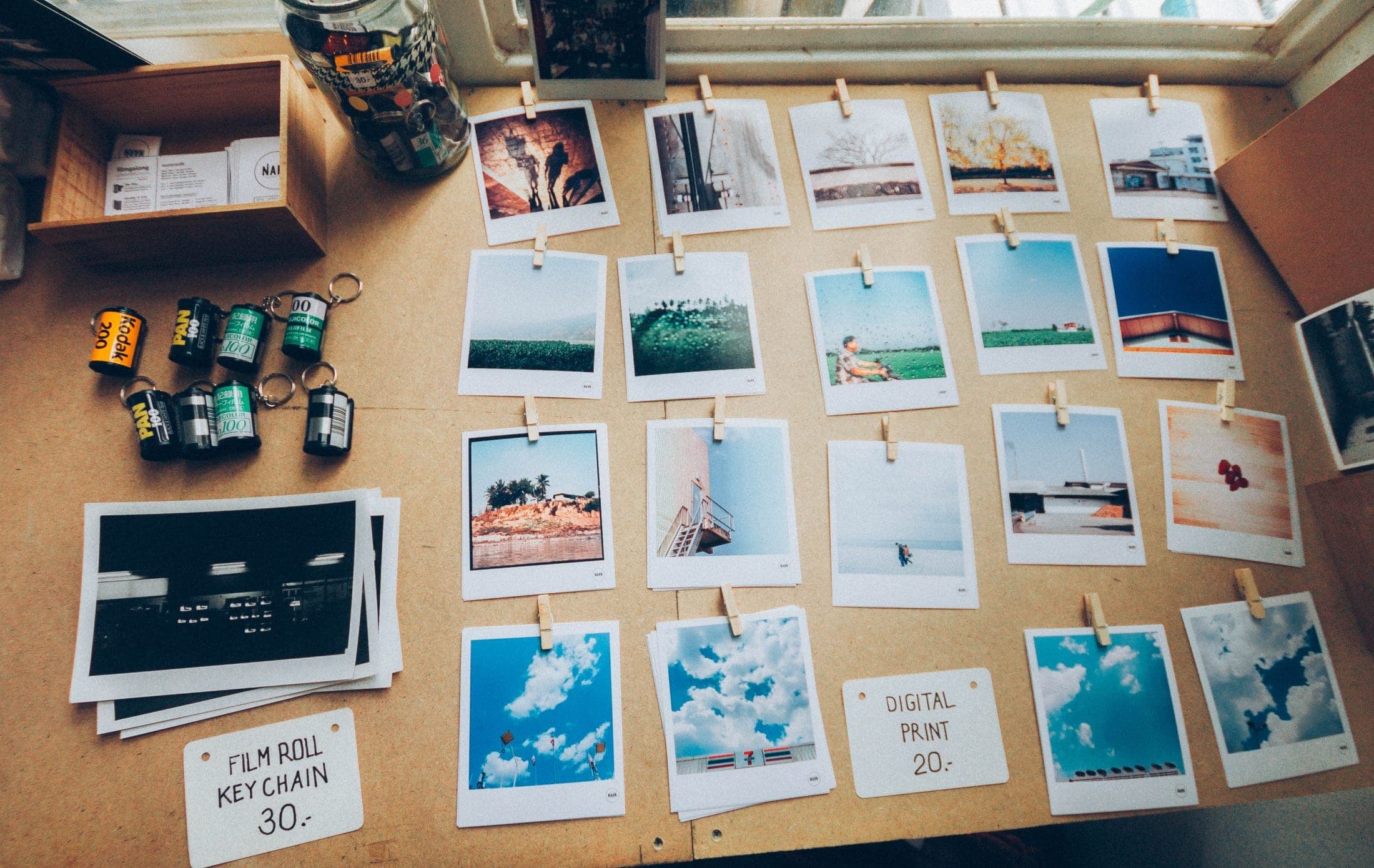The prospect of moving into a new profession or expanding your repertoire as a freelancer can be daunting, particularly if your aim is to expand into the realm of professional photography. You are most likely wondering where do I begin?
Well, you’ve come to the right place, this article will assist you with all you need to know, from photography techniques through to necessary equipment such as ink cartridges.
Equipment
With the amazing cameras in smartphones, most people have dabbled with photography. However, if you want to take your photography to the next level you are going to have to invest in some equipment that will allow you to capture amazing images time and time again. Purchase a camera, and be sure to do your research into the various different models available.

Once purchased, be sure to learn about your camera’s settings. Consider investing in a tripod, particularly, if you are interested in tethered photography, long exposure shots and 3D images. You are also going to want to invest in a good photo printer for when you present proofs or marketing materials for your clients.
Mastering Technique
The technique that you use is going to vary depending on whether you are taking a portrait, a panorama of a rolling landscape or a low light night time shot. If it’s a beautiful landscape shot you want to capture then the best time of day to take these types of shots is either very early in the morning at sunrise or in the late afternoon at sunset. The composition within a photo is one of the most crucial elements of taking a fantastic photo.

Make sure you have an interesting focal point within your photo and frame your shot by observing the rule of thirds. The rule of thirds dictates that your focal point should be off centre. When doing portraits, zoom in tight on your subject and take the picture from their waist up or of just their face. In photography, the technique of zooming in tight on a subject is referred to as “filling the frame”. When you “fill the frame” you are likely to eliminate any clutter from the picture that might otherwise be present in the background.
When working with low light, avoid using flash. Instead, increase the ISO on your camera and use a large aperture. This will allow more light in through your lens and create a brighter image. While honing your skill, be sure to check out works by other professional photographers for inspiration and guidance on how to master the technique.
Editing Software
Post-process editing is an important part of any professional photographer‘s arsenal. For example, if you have adhered to our photography technique tip of avoiding flash you might find that some of your images appear a little grainy. This is easily fixed using post-editing techniques such as “Reduce noise”.

Another thing you want to avoid in photography is aberrations. Aberrations are any objects that are in the photo unintentionally, such as background objects that might be cluttering the image. Editing software can help you remove any unnecessary objects that might be cluttering your image or detracting from the main subject of your photo.
Online Presence and Portfolio
Once you have got some amazing shots that you are keen to showcase you will need to start creating your online presence. Either create your own website or choose one of the many social media platforms to display your photos on and begin to generate business. If you decide that you want to put yourself one step ahead of other competition you can always become an accredited photographer with the Australian Institute of Professional Photography (AIPP).

